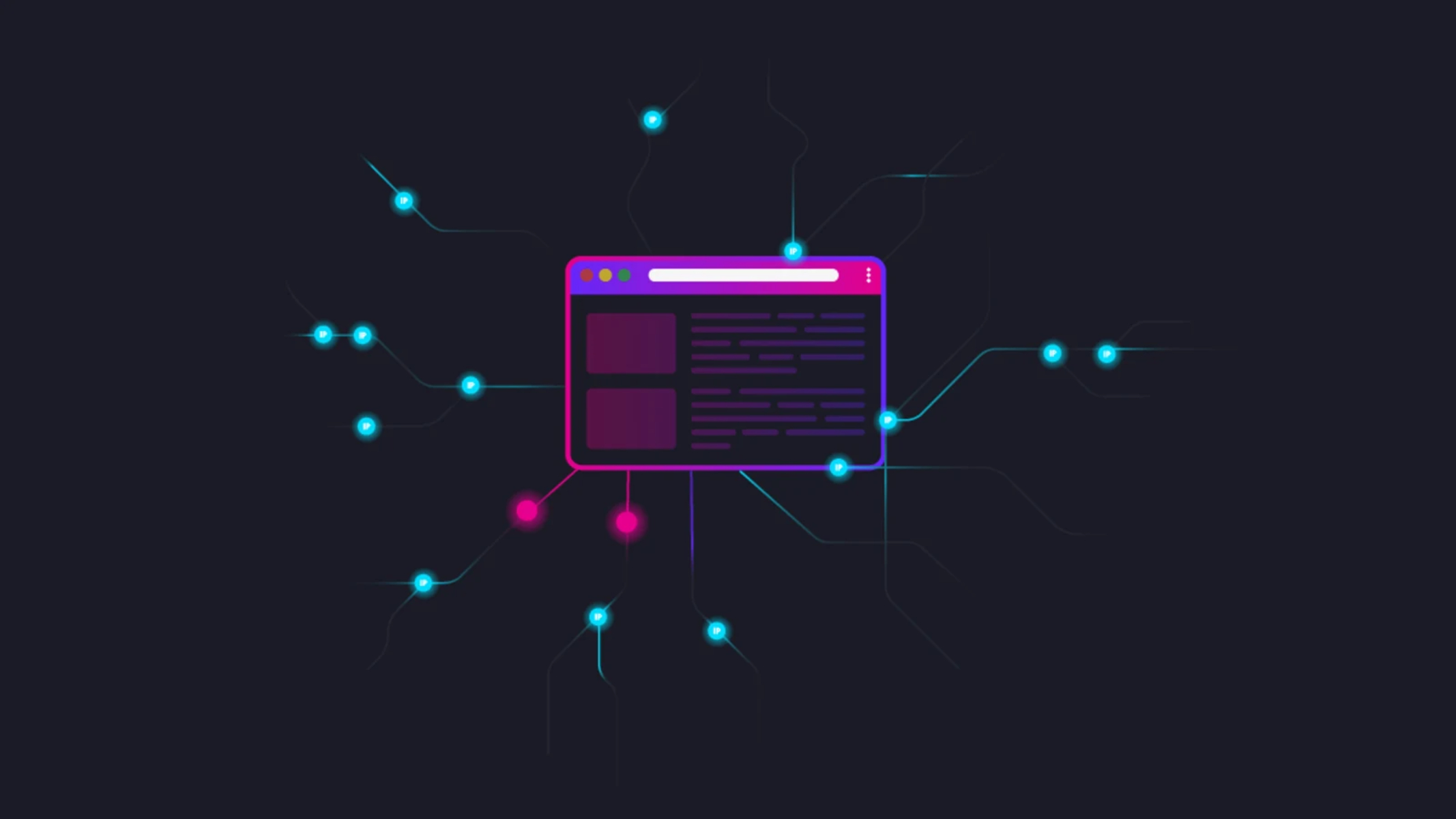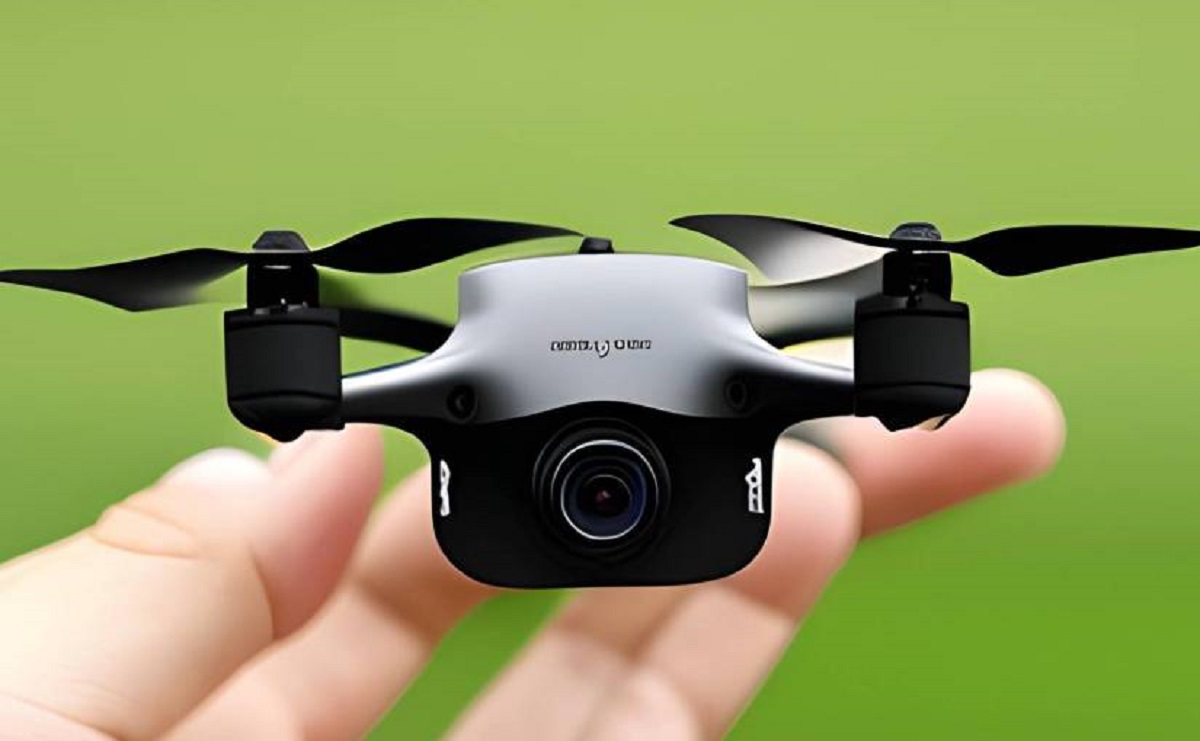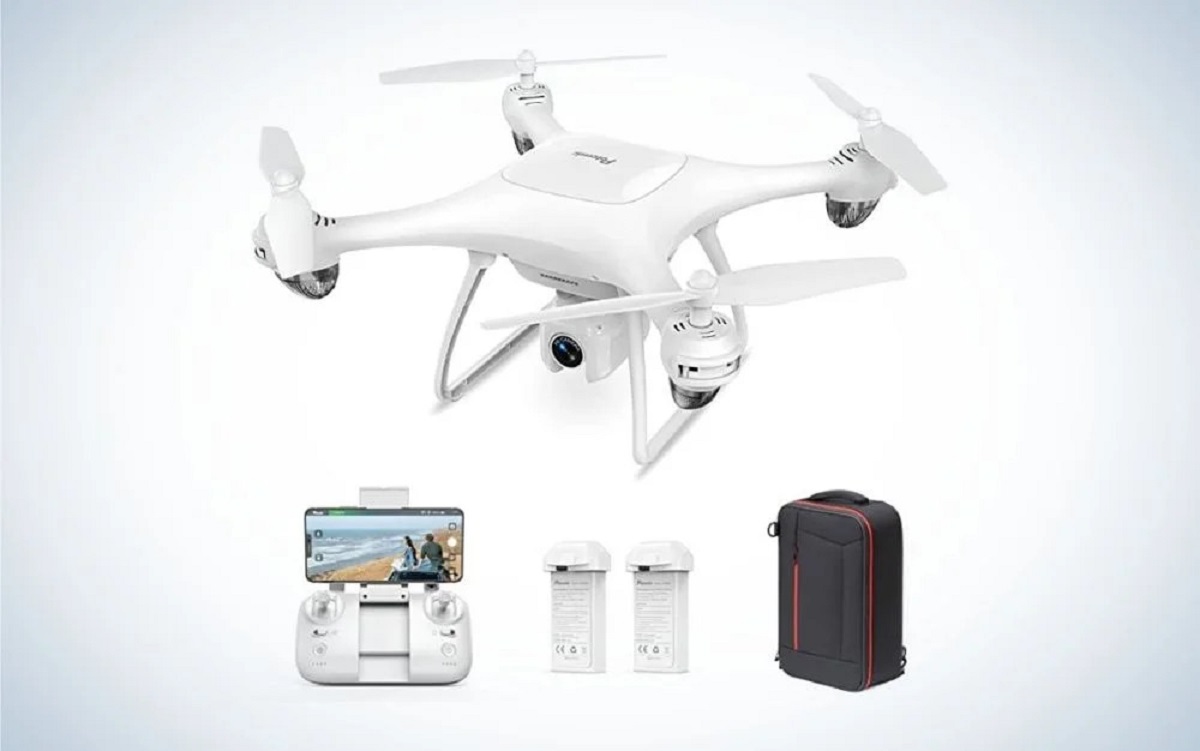Introduction
In the ever-evolving landscape of web development and testing, headless browsers have emerged as a powerful tool for developers and testers alike. These innovative browsers operate without a graphical user interface (GUI), allowing them to execute web-based tasks in a more efficient and automated manner. Unlike traditional web browsers, which rely on a visual interface for user interaction, headless browsers function in the background, making them ideal for tasks that do not require a visible browser window.
The concept of headless browsers has gained significant traction in recent years, owing to their ability to streamline web automation, testing, and data scraping processes. By eliminating the need for a graphical interface, headless browsers can perform tasks more rapidly and efficiently, making them an invaluable asset for developers seeking to optimize their workflows.
As the demand for web-based applications continues to surge, the need for efficient testing and automation tools has become increasingly pronounced. Headless browsers address this need by providing a versatile platform for executing automated tasks, such as running tests, interacting with web pages, and extracting data, all without the overhead of a traditional browser window.
In this article, we will delve into the intricacies of headless browsers, exploring their functionality, use cases, advantages, and disadvantages. By gaining a comprehensive understanding of headless browsers, developers and testers can harness the full potential of these tools to enhance their productivity and streamline their web development processes.
Definition of Headless Browser
A headless browser is a web browser without a graphical user interface (GUI). Unlike traditional web browsers, which render web pages visually and require user interaction, headless browsers operate in a non-visual or invisible mode. This means that they can access and interact with web pages, but without displaying the content to the user. Instead of rendering web pages in a visible window, headless browsers process the underlying code and data, enabling them to perform automated tasks and execute web-based operations more efficiently.
By eliminating the need for a graphical interface, headless browsers are designed to run in the background, making them ideal for tasks that do not require user interaction or visual feedback. This unique feature sets them apart from traditional browsers, as it allows them to execute web-related tasks in a headless or non-visual manner.
Headless browsers are commonly used for web scraping, automated testing, and web page interaction. They provide developers and testers with a versatile platform for automating web-based operations, such as data extraction, form submission, and page navigation. Additionally, headless browsers can be integrated into various development and testing frameworks, enabling seamless automation of web-related tasks without the need for manual intervention.
In essence, the defining characteristic of a headless browser is its ability to operate without a visible user interface. This distinction allows them to perform web-related tasks more efficiently and programmatically, making them an invaluable tool for developers and testers seeking to streamline their workflows and enhance their productivity.
How Headless Browsers Work
Headless browsers leverage the same underlying technologies as traditional browsers, such as rendering engines and JavaScript interpreters, to process and interact with web pages. However, the key distinction lies in their ability to operate without a graphical user interface, allowing them to execute tasks in a non-visual manner.
When a request is made to load a web page, a headless browser initiates the process by sending a request to the server hosting the web content. Upon receiving the server's response, the headless browser begins to process the HTML, CSS, and JavaScript code that comprises the web page. This process involves parsing the HTML to construct the Document Object Model (DOM), which represents the structure of the web page, and rendering the CSS to determine the visual layout and styling.
As the headless browser parses and processes the web page's code, it also executes any JavaScript present on the page. This is a crucial aspect of headless browser functionality, as many modern websites rely heavily on JavaScript to dynamically load content, handle user interactions, and perform various tasks. By executing JavaScript, headless browsers can simulate user interactions, trigger events, and manipulate the DOM, enabling them to interact with web pages in a programmatic and automated manner.
Furthermore, headless browsers have the capability to capture screenshots of web pages, emulate user input (such as keyboard and mouse actions), and navigate through multiple web pages within a single browsing session. These features make headless browsers well-suited for tasks such as web scraping, automated testing, and website monitoring, as they can perform these operations without the need for manual intervention or visual feedback.
In essence, the functionality of headless browsers is rooted in their ability to process web page code, execute JavaScript, and interact with web content, all without the constraints of a graphical user interface. This unique capability empowers developers and testers to automate web-related tasks, extract data, and perform testing operations with precision and efficiency, ultimately streamlining their web development workflows.
Use Cases of Headless Browsers
Headless browsers offer a diverse range of use cases, leveraging their non-visual nature to streamline web development, testing, and automation processes. Their versatility and efficiency make them indispensable tools for various tasks, including:
-
Automated Testing: Headless browsers are extensively used for automated testing of web applications. By simulating user interactions, submitting forms, and validating page content, headless browsers enable developers to automate the testing process, ensuring the functionality and performance of web applications across different scenarios and environments.
-
Web Scraping and Data Extraction: With the ability to access and parse web page content programmatically, headless browsers are instrumental in web scraping and data extraction tasks. They can navigate through web pages, extract specific data elements, and store the information for analysis or integration with other systems.
-
Performance Monitoring: Headless browsers play a crucial role in monitoring the performance of web applications. By simulating user interactions and measuring page load times, they provide valuable insights into the speed and responsiveness of web pages, aiding in the identification and resolution of performance bottlenecks.
-
Search Engine Optimization (SEO) Analysis: Headless browsers are utilized to analyze web pages from an SEO perspective. They can evaluate page structure, meta tags, and content rendering, providing developers and SEO specialists with valuable data to optimize web pages for search engine visibility.
-
Automated Form Submission: Headless browsers can automate the process of form submission on web pages, enabling developers to test form functionality, validate input fields, and simulate user interactions without manual intervention.
-
Screen Capture and Visual Regression Testing: By capturing screenshots of web pages at different stages of development, headless browsers facilitate visual regression testing, allowing developers to compare and identify visual discrepancies between different versions of web pages.
-
Continuous Integration and Deployment (CI/CD): Headless browsers are integrated into CI/CD pipelines to automate the testing and validation of web applications during the development and deployment process, ensuring that changes do not introduce regressions or functional errors.
-
Browser Compatibility Testing: Developers use headless browsers to test the compatibility of web applications across different browsers and platforms, ensuring consistent functionality and appearance across diverse environments.
In essence, the use cases of headless browsers span a wide spectrum of web development and testing activities, empowering developers and testers to automate tasks, extract data, and ensure the quality and performance of web applications with precision and efficiency.
Advantages of Using Headless Browsers
Headless browsers offer a myriad of advantages that cater to the diverse needs of web developers, testers, and automation specialists. These advantages stem from the unique capabilities of headless browsers, which enable them to streamline web-related tasks and enhance productivity in various scenarios.
-
Efficiency and Speed: One of the primary advantages of headless browsers is their ability to execute web-based tasks with exceptional speed and efficiency. By operating without a graphical user interface, headless browsers eliminate the overhead associated with rendering and displaying web content, allowing them to process tasks more rapidly. This efficiency is particularly valuable for automated testing, web scraping, and performance monitoring, where swift execution of tasks is paramount.
-
Resource Optimization: Headless browsers consume fewer system resources compared to traditional browsers, as they do not require the allocation of resources for rendering and displaying web content. This resource optimization is advantageous in scenarios where multiple instances of browsers need to run concurrently, such as in automated testing environments or large-scale web scraping operations.
-
Automation Capabilities: Headless browsers are well-suited for automation, as they can perform web-related tasks programmatically without the need for manual intervention. This automation capability is instrumental in scenarios such as continuous integration and deployment (CI/CD), where automated testing and validation of web applications are essential for maintaining development velocity and ensuring code quality.
-
Scalability and Parallel Processing: The headless nature of these browsers enables seamless scalability and parallel processing of tasks. Developers and testers can leverage headless browsers to execute tasks in parallel, facilitating the rapid processing of web-related operations across multiple instances, thereby enhancing overall productivity.
-
Headless Testing Environments: Headless browsers are ideal for creating headless testing environments, where tests can be executed in the background without interrupting the user interface. This is particularly advantageous for running tests in headless continuous integration systems, where the absence of a graphical interface does not hinder the execution of test suites.
-
Cross-Platform Compatibility: Headless browsers offer cross-platform compatibility, allowing them to be integrated into diverse operating systems and development environments. This compatibility ensures that web-related tasks can be automated and executed consistently across different platforms, contributing to a seamless and standardized testing and development process.
-
Enhanced Security: The headless nature of these browsers can contribute to enhanced security, as they reduce the attack surface by eliminating the exposure of a graphical user interface. This can be advantageous in scenarios where security and privacy are paramount, such as in automated data extraction and web monitoring tasks.
In essence, the advantages of using headless browsers encompass efficiency, resource optimization, automation capabilities, scalability, cross-platform compatibility, and enhanced security. These advantages position headless browsers as indispensable tools for modern web development, testing, and automation, empowering practitioners to streamline their workflows and achieve optimal results in a diverse range of scenarios.
Disadvantages of Using Headless Browsers
While headless browsers offer a plethora of advantages, it is essential to acknowledge the potential drawbacks associated with their usage. Understanding these disadvantages can provide valuable insights into the limitations and challenges that developers and testers may encounter when leveraging headless browsers for web-related tasks.
-
Limited Support for Interactive Testing: One of the primary disadvantages of headless browsers is their limited support for interactive testing scenarios. Unlike traditional browsers, which provide a visual interface for real-time user interaction and debugging, headless browsers lack the ability to facilitate interactive testing sessions. This limitation can pose challenges when debugging complex web applications or when visual feedback is essential for identifying and resolving issues.
-
Complexity of JavaScript Rendering: Headless browsers may encounter challenges in accurately rendering complex JavaScript-driven web applications. While they are capable of executing JavaScript, certain intricate interactions and dynamic content updates may not be fully replicated in a headless environment. This can lead to discrepancies in test results and may require additional effort to ensure comprehensive test coverage for JavaScript-intensive web applications.
-
Maintenance of Headless Environments: Setting up and maintaining headless browser environments can introduce complexities, especially when integrating them into automated testing frameworks or continuous integration systems. Ensuring the stability and consistency of headless environments across different platforms and configurations may require dedicated maintenance efforts and ongoing monitoring to address compatibility issues and dependencies.
-
Visual Testing Limitations: Headless browsers may present limitations in conducting visual testing, particularly in scenarios where pixel-perfect comparisons or visual validations are crucial. While they can capture screenshots of web pages, identifying subtle visual discrepancies or layout issues may be more challenging in a headless context, necessitating alternative approaches or additional tools for comprehensive visual testing.
-
Learning Curve for Adoption: Adopting headless browsers effectively requires familiarity with their unique APIs, command-line interfaces, and programmatic interaction methods. This learning curve may pose initial challenges for developers and testers who are accustomed to traditional browser-based testing and automation tools, requiring investment in training and skill development to harness the full potential of headless browser capabilities.
-
Resource Intensiveness for Complex Tasks: Certain complex tasks, such as rendering and processing large volumes of web content or simulating intricate user interactions, may impose significant resource demands on headless browser environments. Managing resource-intensive tasks in a headless context may necessitate careful optimization and resource allocation to ensure efficient execution without compromising performance.
Understanding these disadvantages can provide practitioners with a holistic perspective on the considerations and trade-offs associated with utilizing headless browsers. While the advantages of headless browsers are substantial, addressing these limitations through strategic approaches and complementary tools can contribute to maximizing the effectiveness of headless browser usage in diverse web development and testing scenarios.
Popular Headless Browsers
Several headless browsers have gained prominence in the realm of web development, testing, and automation, offering a diverse array of features and capabilities tailored to meet the demands of modern web-based workflows. These popular headless browsers are instrumental in executing automated tasks, interacting with web pages, and extracting data without the need for a graphical user interface. Let's explore some of the leading headless browsers that have garnered widespread adoption and acclaim within the developer and testing communities.
1. Headless Chrome
Headless Chrome, an offering from the Chromium project, stands as a prominent choice for headless browsing due to its seamless integration with the Chrome browser. Leveraging the same rendering engine and capabilities as Chrome, Headless Chrome provides comprehensive support for automated testing, web scraping, and performance monitoring. Its robust JavaScript execution and compatibility with the Chrome DevTools Protocol make it a versatile and powerful tool for a wide range of web-related tasks.
2. Puppeteer
Puppeteer, developed by Google, has emerged as a popular headless browser automation library that leverages the capabilities of Headless Chrome. With its intuitive API and extensive feature set, Puppeteer enables developers to automate interactions with web pages, capture screenshots, and generate PDFs, making it an invaluable asset for web testing and data extraction tasks. Its seamless integration with Headless Chrome and the ability to simulate user interactions with precision contribute to its widespread adoption.
3. PhantomJS
PhantomJS, a headless browser with a focus on automation and scripting, has been widely utilized for web testing and screen scraping. While it has been succeeded by other headless browser options, its historical significance and robust scripting capabilities have cemented its position as a popular choice for headless browsing in legacy systems and environments where its unique features continue to offer value.
4. Playwright
Playwright, developed by Microsoft, has gained traction as a versatile headless browser automation library that supports multiple browser engines, including Chromium, WebKit, and Firefox. Its cross-browser compatibility and comprehensive automation capabilities make it well-suited for a diverse range of web testing and automation scenarios, empowering developers to execute tasks across different browser environments with consistency and efficiency.
5. HtmlUnit
HtmlUnit, a Java-based headless browser, has been widely adopted in the Java development community for automated testing and web scraping. Its lightweight footprint and compatibility with Java frameworks make it an attractive choice for headless browsing in Java-centric projects, providing developers with a reliable platform for executing web-related tasks programmatically.
These popular headless browsers exemplify the diverse landscape of headless browsing tools, each offering unique strengths and capabilities tailored to meet the evolving needs of web developers, testers, and automation specialists. By leveraging these headless browsers, practitioners can streamline their workflows, automate web-related tasks, and ensure the quality and performance of web applications with precision and efficiency.

























